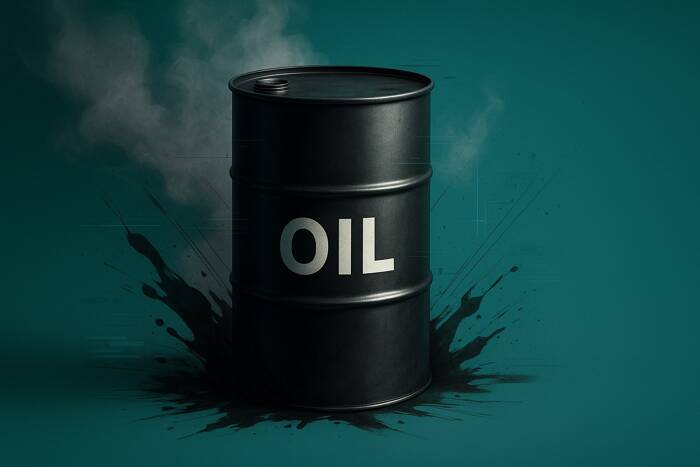Meanwhile, U.S. crude oil production remains elevated. August output hit a record 13.8 million barrels per day (bpd), extending months of strong growth that continues to offset both geopolitical disruptions and voluntary OPEC+ restraint. Refineries also ran at lower capacity, further contributing to the stock build.
OPEC+ Strategy Falls Flat as Saudi Arabia Cuts Prices
OPEC+ tried to shore up prices by confirming a modest 137,000 bpd increase for December while signaling a pause in further hikes in early 2025. However, the move was viewed by traders as insufficient to address growing surplus concerns.
Market confidence took another hit after Saudi Arabia cut its official selling prices to Asian buyers for December deliveries, signaling weak regional demand and intense competition among suppliers.
This pricing move underscored concerns that the market remains oversupplied despite OPEC+ efforts, especially with global refinery margins under pressure.
Demand Fades Across Key Economies
Demand signals remained weak across major economies. In the U.S., data showed soft gasoline consumption and reduced shipping activity. Globally, JPMorgan revised its 2024 oil demand growth forecast down to 850,000 bpd from 900,000 bpd, citing fading momentum in freight and travel.
China’s manufacturing sector contracted for a seventh consecutive month in October, while Japan’s PMI fell to an 18-month low, highlighting declining exports.

